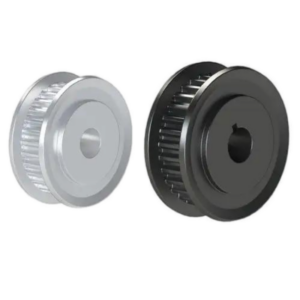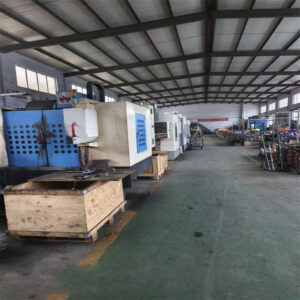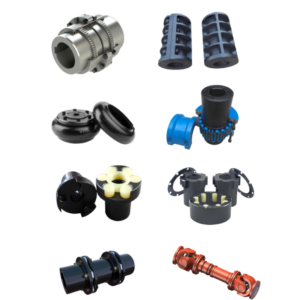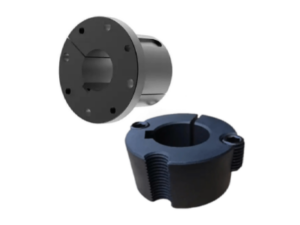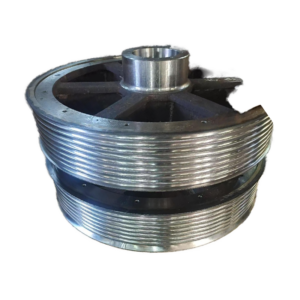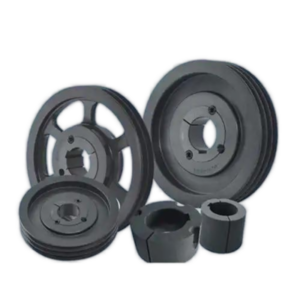1. Cost
- Ductile Iron (Spheroidal Graphite Cast Iron) offers significantly lower material and machining costs compared to stainless steel, making it the preferred choice for most customers requiring large quantities.
- Stainless Steel is much more expensive, which can increase the overall cost several times.
2. Performance & Durability
- Ductile Iron provides excellent mechanical strength, wear resistance, and inherent vibration damping properties. These characteristics make it highly suitable for timing belt pulleys operating under normal industrial conditions.
- Stainless Steel provides good strength but inferior wear resistance compared to ductile iron when used without surface hardening.
3. Corrosion Resistance
- Ductile Iron can rust when exposed to moisture or corrosive environments, requiring painting or coating in some applications.
- Stainless Steel has outstanding corrosion resistance and is recommended in high-humidity, chemical, food, or pharmaceutical environments where rust or contamination must be avoided.
4. Thermal Conductivity & Heat Dissipation
- Ductile Iron has a thermal conductivity of approximately 40–60 W/(m·K), which is 2–3 times higher than that of stainless steel (15–20 W/(m·K)).
- Better heat dissipation in ductile iron helps reduce surface temperature on timing belt pulleys during high-speed or high-load operation, which prolongs the life of the timing belt.
5. Weight
- Ductile Iron and stainless steel have similar densities (around 7.1–7.9 g/cm³), so weight difference is negligible.
- The inherent weight of ductile iron can help with stable rotation and reducing vibration in some applications.
6. Machinability & Lead Time
- Ductile Iron is easier and faster to machine, ensuring shorter production times and flexible delivery.
- Stainless Steel is difficult to machine, increases tool wear, and usually results in longer lead times.
Conclusion
For most industrial applications where corrosion resistance is not a priority, ductile iron is the optimal material for timing belt pulleys, providing the best balance of cost, wear resistance, thermal performance, and machinability.
Stainless steel should only be used when the operating environment demands exceptional corrosion resistance or hygienic conditions.

